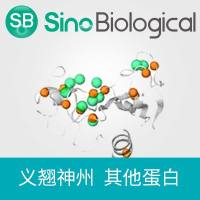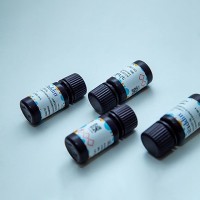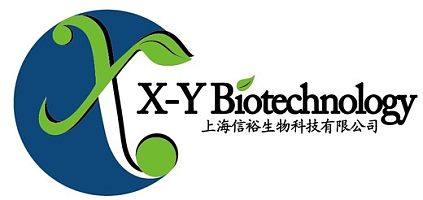Vybrant® DyeCycle Green and Orange Stains
互联网
实验材料
Contents and storage information.
|
Vybrant® DyeCycle™ Green stain |
5 mM solution in dimethyl |
When stored as directed, this kit is stable for at least 6 months. |
Approximate fluorescence excitation/emission maxima: Vybrant® DyeCycle™ Green stain: 506/534 nm, bound to DNA; Vybrant® DyeCycle™ Orange stain: 519/563 nm, bound to DNA.
Materials Required but Not Provided
The hazards posed by these stains have not been fully investigated. Since Vybrant® DyeCycle™ Green and Orange stains are known to bind to nucleic acids, treat the stain as a potential mutagen and use with appropriate care. The stains are supplied as a solution in DMSO, which is known to facilitate the entry of organic molecules into tissues. Use the stain using equipment and practices appropriate for the hazards posed by such materials. Dispose of the reagents in compliance with all pertaining local regulations.
实验步骤
The following staining protocol was optimized using Jurkat cells, a human T-cell leukemia line, in complete RPMI medium containing 10% fetal bovine serum with staining at 37?C, but can be adapted to most cell types. These stains can also be used for cells suspended in Hanks’ Balanced Salt Solution (HBSS) or phosphate-buffered saline (PBS). Growth medium or buffer used, cell density, cell type variations, and other factors may influence staining. In initial experiments, try a range of dye concentrations to determine the one that yields optimal staining for the given cell type, buffer, and experimental condition. For a given experiment, each flow cytometry sample should contain the same number of cells, as sample-to-sample variation in cell number leads to significant differences in fluorescence signal. If a Vybrant® DyeCycle™ stain is used in combination with other stains for multicolor applications, apply the other stain(s) to the sample first, following all manufacturers’ instructions, including wash steps. The Vybrant® DyeCycle™ stain should be the last stain applied to the sample, and do not wash or fix samples prior to flow cytometric analysis.
For optimal DNA content cell cycle analysis, follow these guidelines:
- Eliminate cell clumps and aggregates from the cell suspension before staining
- Use 37?C for incubation with the Vybrant® DyeCycle™ stains, keep cells at 37?C until acquisition
- Staining may be performed at room temperature, with the staining time about twice as long as the 37?C incubation time
- Do not use glass containers with this stain
- Do not wash or fix cells after staining cells with Vybrant® DyeCycle™ stains
- Validate flow cytometry instrument performance on the day of use
- Use linear amplification for DNA content
- Use low flow rate for acquisition
- Collect adequate numbers of events for the intended application
- Eliminate dead cells from the DNA content analysis of living cells using a dead cell discriminating stains such as SYTOX® Green, SYTOX® Red or SYTOX® AADvanced™ dead cell stains or LIVE/DEAD Fixable Dead cell stains such as Green, Red, Far Red, or Near-IR kits
- Eliminate or correct for cell aggregates during data analysis using gating or modeling software
Vybrant ® DyeCycle™ Staining Protocol
This basic protocol is optimized using Jurkat cells suspended in complete medium (RPMI/10% fetal bovine serum) and stained with Vybrant® DyeCycle™ stain at 37?C.
- Remove the Vybrant® DyeCycle™ Green stain or Vybrant® DyeCycle™ Orange stain from the freezer and allow it to equilibrate to room temperature.
- Prepare flow cytometry tubes each containing 1 mL of cell suspension in complete media at a concentration of 1 × 106 cells/mL.
- To each tube add 2 μL of Vybrant® DyeCycle™ Green stain or Vybrant® DyeCycle™ Orange stain. Final stain concentration is 10 μM. After use, seal the stain vial tightly. The stain in DMSO solution may be subjected to many freeze-thaw cycles without reagent degradation.
- Incubate at 37?C for 30 minutes, protected from light.
-
For cells stained with Vybrant® DyeCycle™ Green stain, analyze samples on flow cytometer using 488 nm excitation and green emission (Figure 3). For cells stained with Vybrant® DyeCycle™ Orange stain, analyze samples on a flow cytometer using 488 nm excitation or 532 nm excitation and orange emission (Figure 4).









